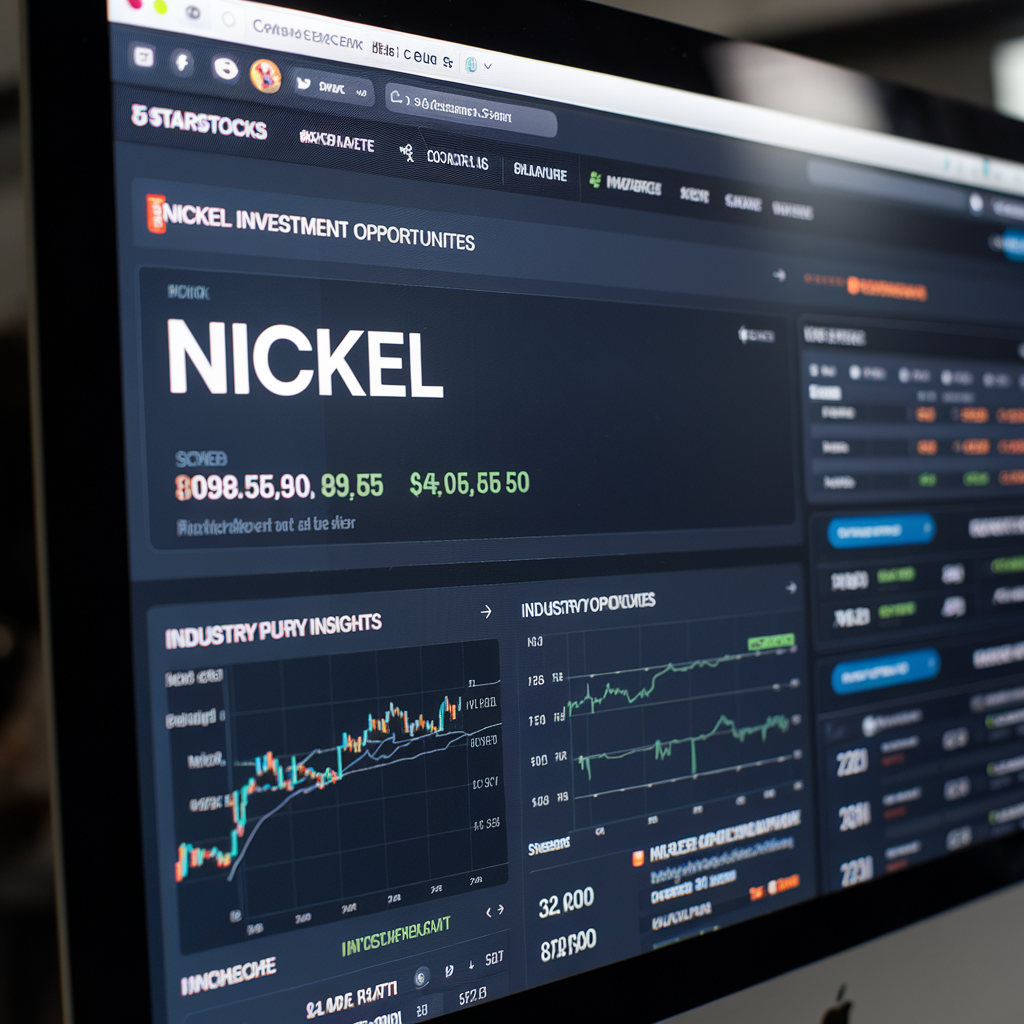The digital landscape is evolving rapidly, and businesses must adapt to stay relevant. One of the most significant transformations in recent years is the fusion of web platforms with online stores. The concept of “web&store” combines the functionality of a website with the convenience of e-commerce, creating an integrated online presence for businesses. This article explores the importance, benefits, and future of Web & Store solutions.
The Evolution of Web&Store
Traditional Websites vs. E-Commerce Stores
Historically, websites and e-commerce stores operated separately. Websites served as digital brochures, providing information about a company, while e-commerce stores functioned as online marketplaces where transactions took place. The distinction between these two entities has blurred over time, giving rise to integrated solutions.
The Rise of Integrated Web&Store Solutions
With advancements in technology, businesses now seek unified platforms that offer both informative content and e-commerce functionalities. Companies want to engage customers with blogs, product descriptions, and interactive features while enabling seamless purchases without redirecting them to third-party platforms. This demand has fueled the rise of Web & Store solutions.
Key Features of Web&Store Platforms
1. Unified Design and Branding
A Web & Store platform ensures a consistent brand identity by integrating a company’s website and online store. This enhances user experience and strengthens brand recognition.
2. Seamless Navigation
Modern Web & Store solutions offer intuitive navigation, allowing users to browse content and shop without friction. A well-structured website with an easy-to-use interface leads to higher customer engagement.
3. Content and Commerce Integration
Businesses use content marketing to educate and engage their audience. A Web & Store platform allows brands to integrate blogs, product reviews, tutorials, and promotional content directly within the store, making it easier for customers to make informed purchase decisions.
4. Mobile Responsiveness
A significant percentage of online shoppers use mobile devices. Web & Store platforms are designed to be mobile-friendly, ensuring a seamless shopping experience across all devices.
5. Secure Payment and Checkout
Security is a major concern for online shoppers. Integrated platforms offer secure payment gateways, multiple payment options, and encrypted transactions to protect customer data.
6. Inventory and Order Management
Businesses benefit from streamlined inventory and order management systems, which help track stock levels, process orders efficiently, and minimize manual errors.
7. SEO and Digital Marketing Capabilities
Web & Store platforms incorporate search engine optimization (SEO) features, social media integration, and digital marketing tools to drive traffic and boost conversions.
Advantages of Web&Store Solutions
Increased Customer Engagement
By combining informative content with shopping options, businesses can keep customers engaged for longer periods, increasing the likelihood of conversions.
Enhanced Customer Trust and Loyalty
Providing valuable content alongside a shopping experience builds trust and encourages repeat customers. Brands that educate and entertain their audience establish stronger relationships.
Streamlined Business Operations
Instead of managing separate websites and e-commerce stores, businesses can save time and resources by using an integrated platform.
Higher Conversion Rates
When users have access to all the information they need in one place, they are more likely to make a purchase, leading to higher conversion rates.
Popular Web&Store Platforms
Shopify
Shopify is a leading e-commerce platform that enables businesses to build a website and an online store. It offers various themes, payment options, and marketing tools.
WooCommerce
A popular WordPress plugin, WooCommerce transforms websites into full-fledged online stores with customization options, analytics, and payment integrations.
BigCommerce
BigCommerce provides an all-in-one solution with features such as multi-channel selling, SEO tools, and robust analytics.
Wix eCommerce
Wix offers an intuitive drag-and-drop website builder with integrated e-commerce capabilities, making it ideal for small businesses and startups.
Magento
Magento is a powerful, scalable platform that suits large businesses looking for advanced customization and enterprise-level solutions.
Challenges of Web&Store Integration
Technical Complexity
Integrating an online store with a website can be challenging, requiring technical expertise in design, coding, and database management.
Maintenance and Security
Regular updates, security patches, and backups are essential to ensure smooth functionality and protect against cyber threats.
Competition and Market Saturation
With many businesses adopting Web&Store solutions, standing out in a crowded marketplace requires innovative marketing strategies and exceptional customer experiences.
The Future of Web&Store
AI-Powered Shopping Experiences
Artificial intelligence (AI) is transforming e-commerce with personalized recommendations, chatbots, and predictive analytics to enhance the shopping experience.
Voice Commerce
With the rise of smart speakers and voice assistants, voice-activated shopping is becoming more popular, requiring businesses to optimize their Web&Store platforms for voice search.
Augmented Reality (AR) and Virtual Reality (VR)
AR and VR technologies allow customers to visualize products before purchasing, bridging the gap between physical and digital shopping experiences.
Blockchain for Secure Transactions
Blockchain technology enhances transaction security, providing transparent and tamper-proof records of purchases.
FAQs
1. What is a Web & Store platform?
A Web&Store platform integrates a website and an online store, allowing businesses to provide content and e-commerce functionalities in a single solution.
2. Why should businesses adopt Web & Store solutions?
Businesses benefit from increased customer engagement, streamlined operations, enhanced brand consistency, and higher conversion rates.
3. What are some popular Web & Store platforms?
Popular platforms include Shopify, WooCommerce, BigCommerce, Wix eCommerce, and Magento.
4. What challenges come with Web & Store integration?
Challenges include technical complexity, maintenance requirements, security concerns, and market competition.
5. What trends are shaping the future of Web & Store?
AI-driven shopping experiences, voice commerce, AR/VR integration, and blockchain-based secure transactions are key future trends.










